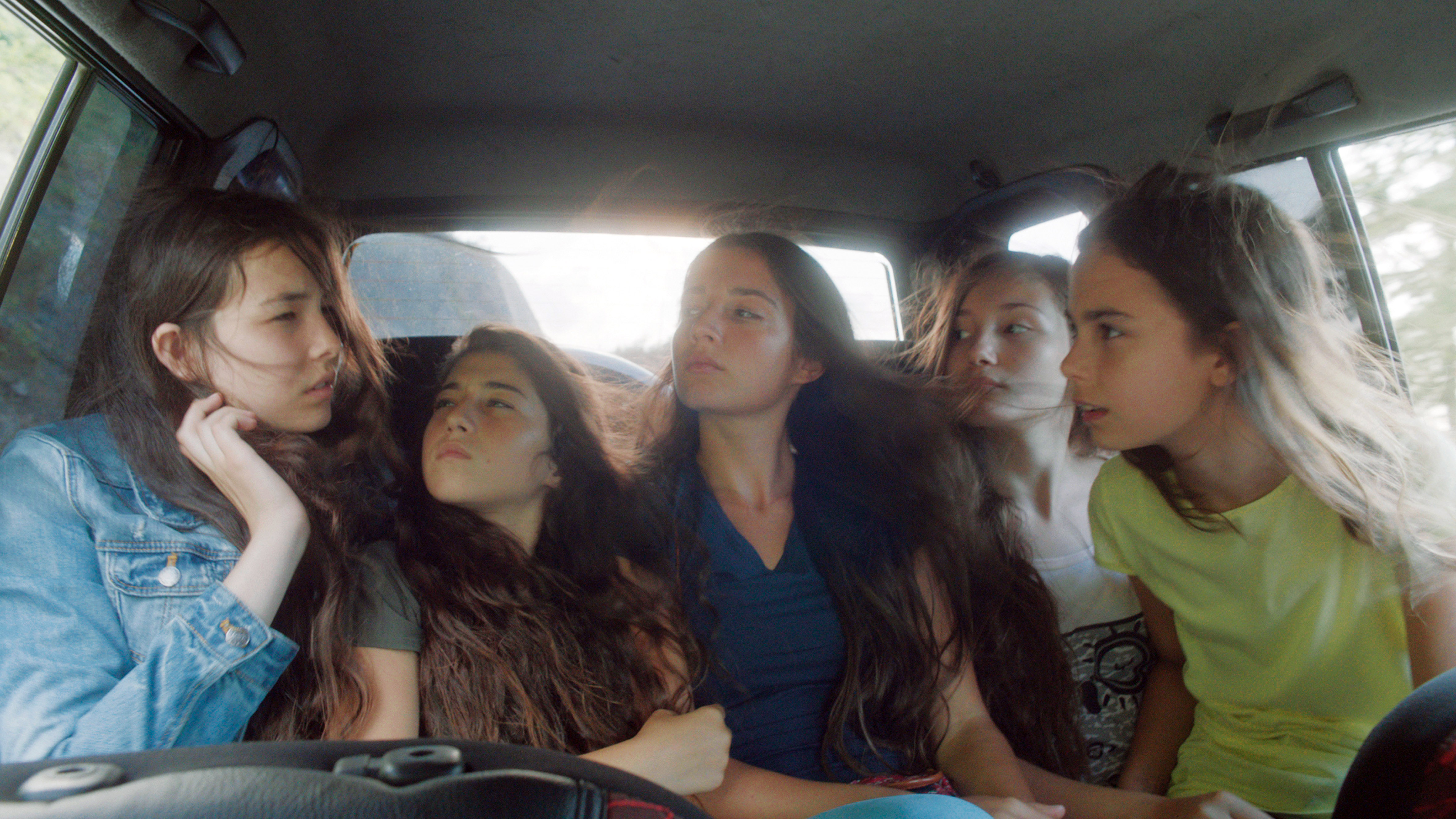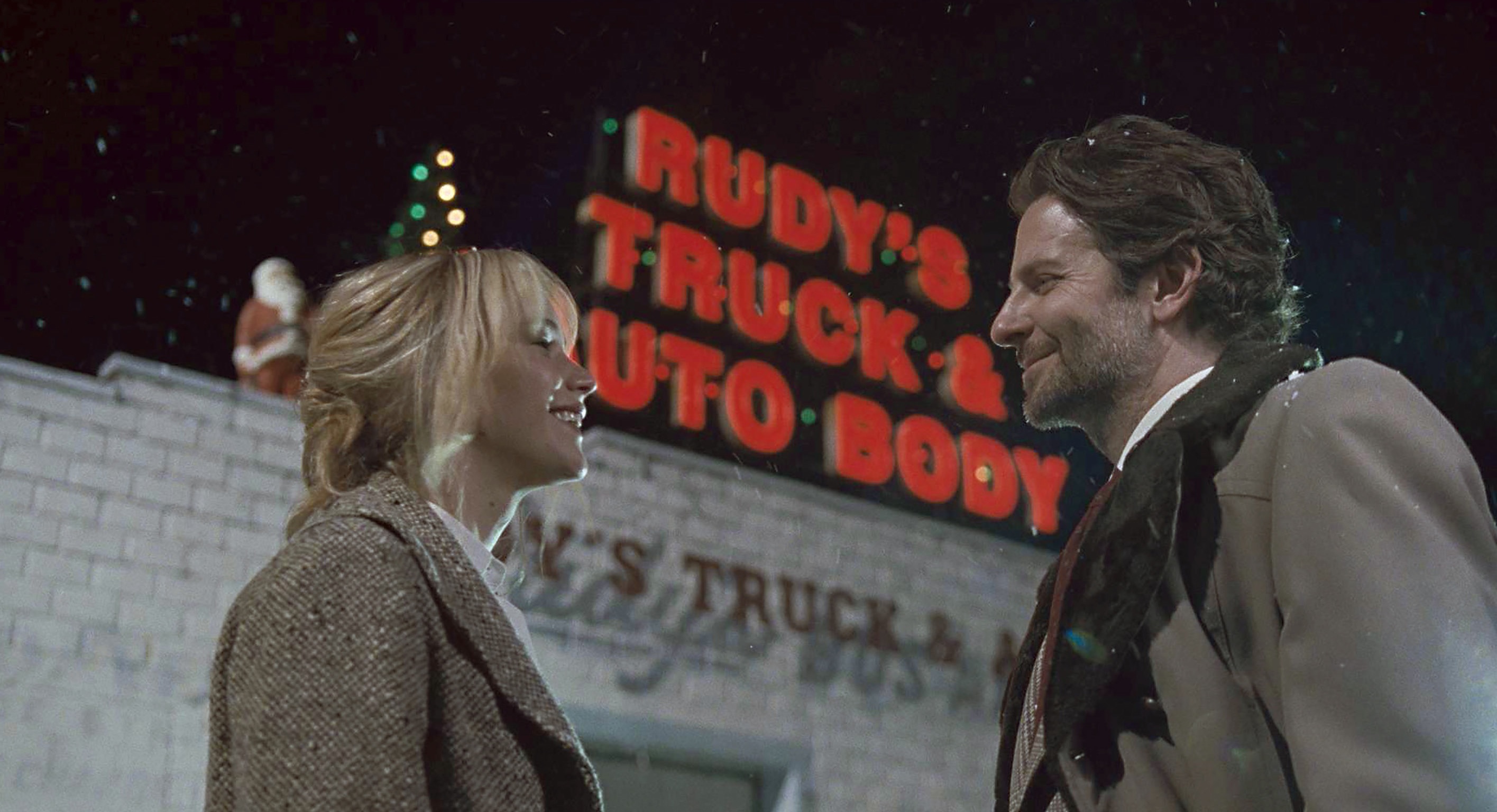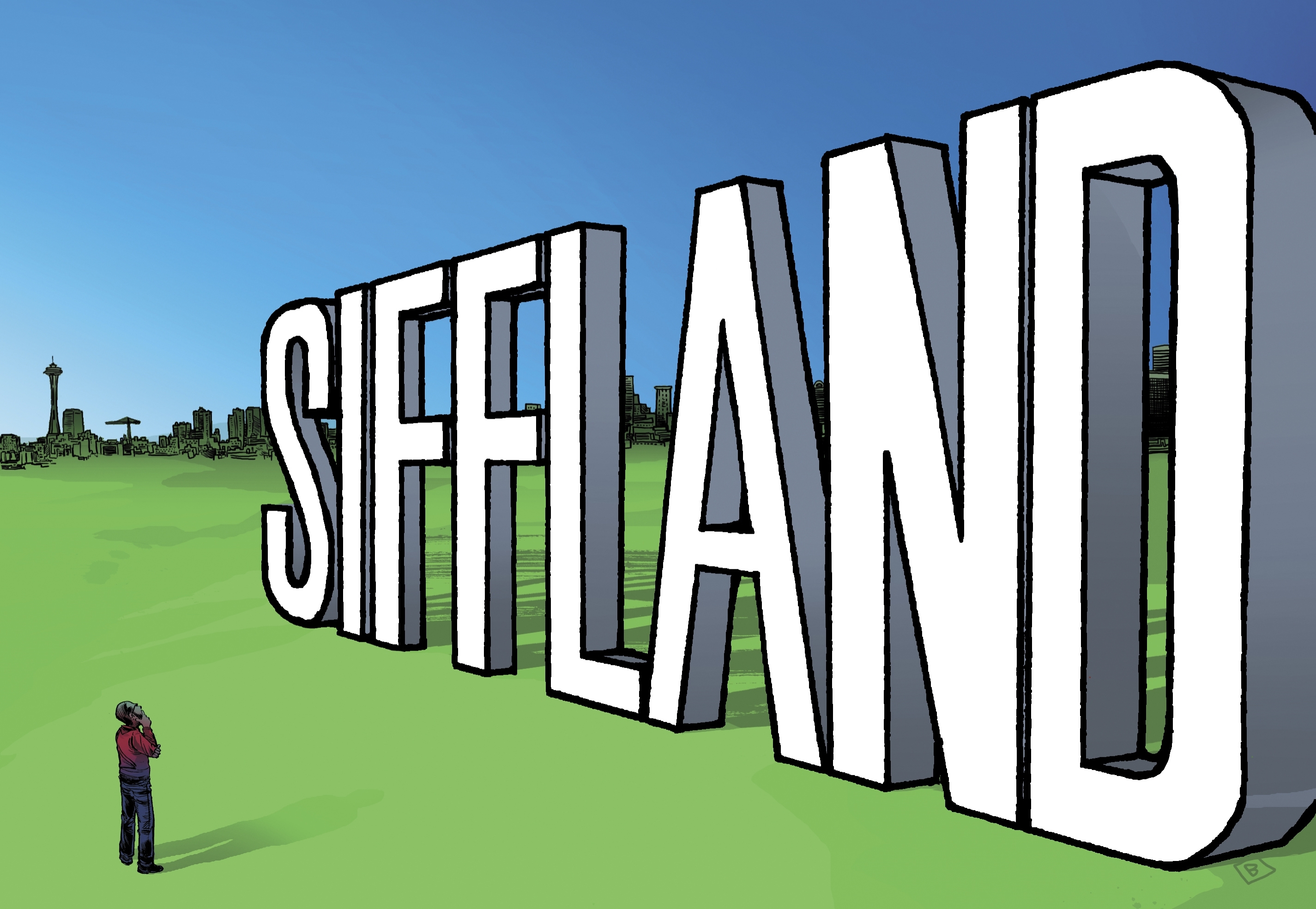A WAY OF LIFE, LIKE ANY OTHER
by Darcy O’Brien (New York Review Books, $12.95)
THE cameos in this slim, rightfully reissued Hollywood coming-of-age tale are an impressive lot. Charles Laughton, Frank Sinatra, Peggy Lee, and John Ford all make appearances in the privileged upbringing of an unnamed lad born of unnamed movie star parents. A Way of Life is a roman ࠣlef in this regard: Author Darcy O’Brien (1939-1998) was the son of silent-era leading man George O’Brien and his actress wife. The elder O’Brien starred in F.W. Murnau’s Sunrise and John Ford pictures including The Iron Horse before his career precipitously declined following World War II, a fall that Way of Life makes poignantly clear.
“I found an announcement of my birth in Ed Sullivan’s column,” says our narrator. He’s reading the yellowed clippings years after the fact, and his story takes place in two different eras. Of his idyllic boyhood, he asks, “Was there ever so pampered an ass as mine?” Horseback rides through Malibu Canyon, attentive servants, lavish meals, and swell parties—it’s too good to last, and it doesn’t.
Then comes the fall: divorce and career decline, causing the boy to live with his needy drama-queen mother. She’s the type to discuss her orgasms with her 14-year-old son, shacking up with one inappropriate lover after another. Following a brief hiatus with a rich producer’s vulgar family, the teen tries living with his affable father (by now as dotty as Ronald Reagan), who calls his son “Salty” and tries to run their squalid household like a WWII naval ship. No wonder that by book’s end, the kid is desperate to escape Hollywood (as O’Brien in fact did to Princeton and Berkeley, later becoming a professor).
More novella than novel, Way of Life is one of those almost-lost minor classics of postwar disillusionment, and its narrator bears obvious comparison to Holden Caulfield. Yet because the book wasn’t published until 1977, the writer is well past any Salinger complex. Using the sparsest language and precise descriptions, he dryly revives an era when silver-screen fantasies gave way to ranch-house melodramas. “Look hard, I told myself,” he writes of a disastrous Thanksgiving dinner family reunion, “what you see is suffering, will yourself to pity.”
FIFTY FAVORITE CLIMBS: THE ULTIMATE NORTH AMERICAN TICK LIST
by Mark Kroese (Mountaineers Books, $32.95)
ACCIDENTS IN NORTH AMERICAN MOUNTAINEERING 2001
(Mountaineers Books, $10)
COFFEE-TABLE books can get you killed. That’s the implicit message of two worthwhile paperbacks aimed at both serious climbers and their sedentary admirers. Bellevue author Mark Kroese falls into the former category with his handsomely photographed, well-presented volume of notable North American mountaineering routes. Pointedly a companion volume to the indispensable 1981 Fifty Classic Climbs of North America (Steck and Roper, Random House/Sierra Club), Favorite reflects a more modern, athlete-centered view of a sport forever changed by Into Thin Air.
In the new world of popular climbing (fueled as much by indoor gyms as Jon Krakauer), celebrities include Lynn Hill, Chris Sharma, Ron Kauk, Conrad Anker, Todd Skinner, Seth Shaw, and Alex Lowe. They’re among the chosen 50 who offer their favorites in Favorite. Problem is, the latter two are dead. Lowe, perhaps America’s most famous climber, died in a 1999 avalanche in Tibet, and that mortal shadow eclipses the book’s inspiring “tick list” (i.e. lesser beings should aspire to check off the routes described on their own climbing r鳵m鳩.
Favorite‘s lovely photographs may prompt admiration and envy, but most of the climbs are so hard—rated 5.10 and above—that few readers will follow. A few exceptions include Kauk’s Yosemite bouldering traverse (never more than 15 feet off the ground, with a hilarious diagram to suit) and Seattle guide Jim Nelson’s Torment-Forbidden traverse in the North Cascades, which is more about beauty than difficulty.
Alas, as Lowe’s death reminds us, there are risks associated with each tick. In that respect, Accidents is a necessary tonic to Favorite‘s fizz. The dry statistics and matter-of-fact accounts of injuries and fatalities should temper one’s enthusiasm to emulate the big boys and girls of name-brand climbing. Deaths routinely occur due to unchecked knots, randomly falling rocks, adverse weather, improperly used equipment, and sheer stupid human inattentiveness—which proves to be the greatest hazard of all. Plan your next weekend accordingly.








